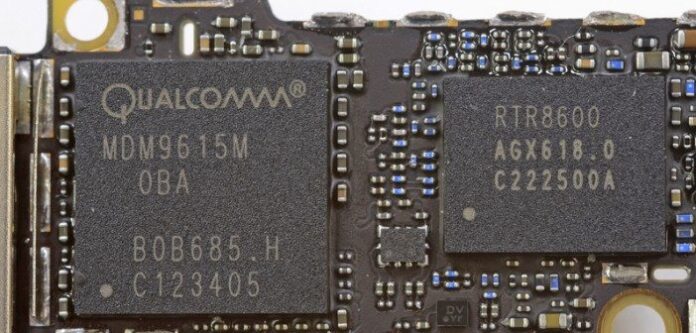Qualcomm this week reported strong quarterly earnings, and CEO Steve Mollenkopf said the chipmaker is poised to be a leader in “5G.”
During an earnings presentation, executives explained that revenue for the third quarter, which ended June 26, amounted to $6.03 billion, beating Wall Street expectations. Mollenkopft said the strong performance was driven by adoption of Qualcomm chipsets by Chinese smartphone manufacturers.
Mollenkopft also spoke at length about how Qualcomm is preparing for the development and ultimate commercialization of 5G.
“We are leading the world to 5G,” Mollenkopft said. “5G will make wireless broadband indistinguishable from wireline. The technology roadmap required for 5G will drive significant advancements in modem and front-end features, the technologies in which Qualcomm excels.”
The exec mentioned the Snapdragon modem, which supports multigigabit throughput over compatible LTE networks, as an example of the company’s position.
“Many of the technologies enabling gigabit LTE will be common to 5G: use of more antennas, use of multiple types of spectrum simultaneously, more sophisticated signal processing, etc. … The mastery of these features in 4G will be essential to leadership in 5G.”
Mollenkopft said Qualcomm is prepping for spectral aspects of 5G, including tackling transmission in millimeter wave frequencies.
“We are also designing a new [orthogonal frequency-division multiplexing]-based 5G air interface that will not only enhance mobile broadband services, but also enable connectivity and management for the ‘internet of things’ and new types of mission-critical services,” Mollenkopft said. “Our 5G design is intended to get the most out of the wide array of spectrum available across regulatory paradigms and bands. From low bands below 1 GHz, to midbands from 1 GHz to 6 GHz, to millimeter wave, 5G devices will bring the next level of convergence with the ability to work on licensed and shared spectrum concurrently. Recent spectrum regulatory decision and movement in the U.S. and Europe, combined with progress on the spectrum regulatory front of China, Japan and Korea are good indications the world is preparing for 5G.”

